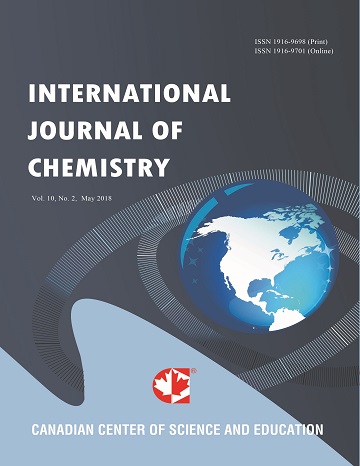Preparation and Characterization of Waterborne Polyurethane Crosslinked by Urea Bridges
- Kalele Hercule
- Zhu Yan
- Mulenga Mbombo Christophe
Abstract
Waterborne polyurethanes are an interesting alternative to current solvent based polyurethanes used in many industries because of their high performance. In this study, waterborne polyurethane dispersion were prepared by polyaddition reaction using Polyethylene glycol (PEG Mw 2000) and isophorone diisocyanate (IPDI) in presence of dibutyltin dilaurate (DBTL) as catalyst. The urea bridges were created between waterborne polyurethane chains to improve rheological, thermal and mechanical properties by the incorporation of hexamethylene diisocyanate (HDI) as crosslinking agent. Several properties of crosslinked waterborne polyurethane were measured by particle size distribution, viscosity measurement, IR spectroscopy, differential scanning calorimetry (DSC), thermogravimetric analysis (TGA) and strength testing. This method improves the properties of waterborne polyurethane (WPD) in increasing the crosslinking density by forming strong network and hydrogen bonds between polyurethane chains.
- Full Text:
 PDF
PDF
- DOI:10.5539/ijc.v3n2p88
Index
Contact
- Albert JohnEditorial Assistant
- ijc@ccsenet.org
